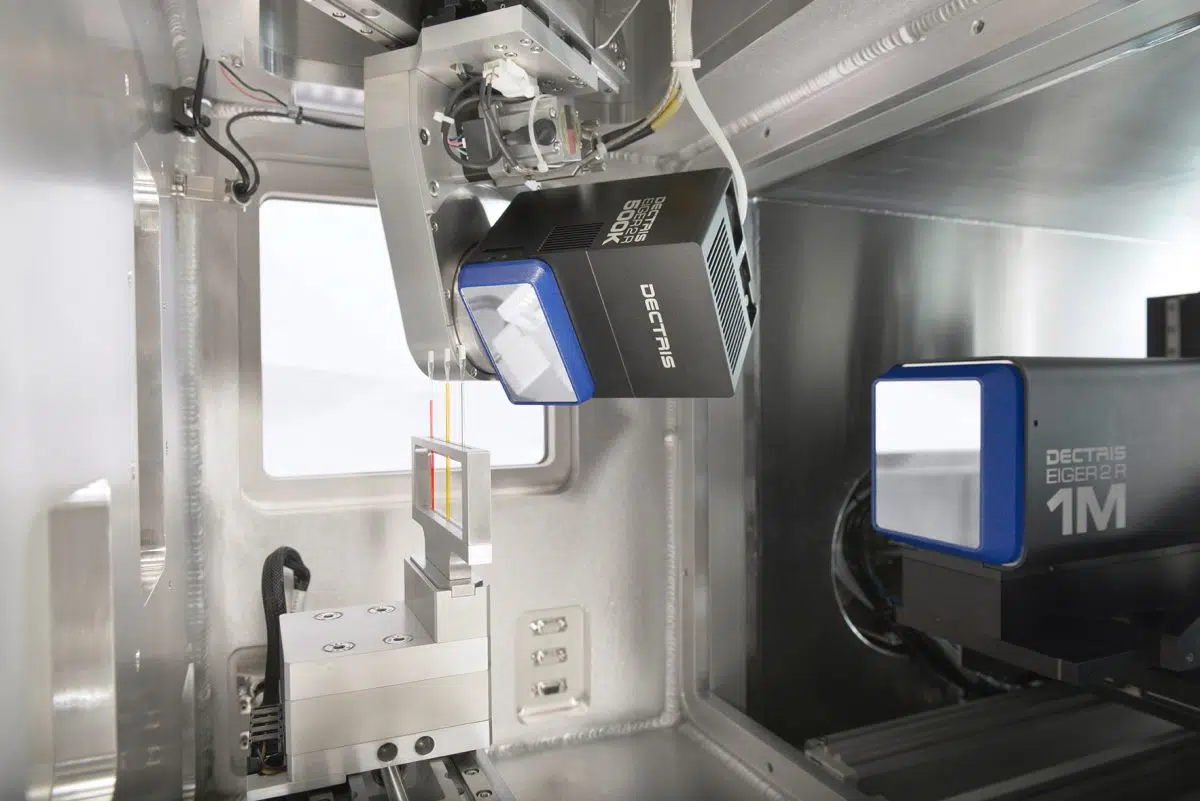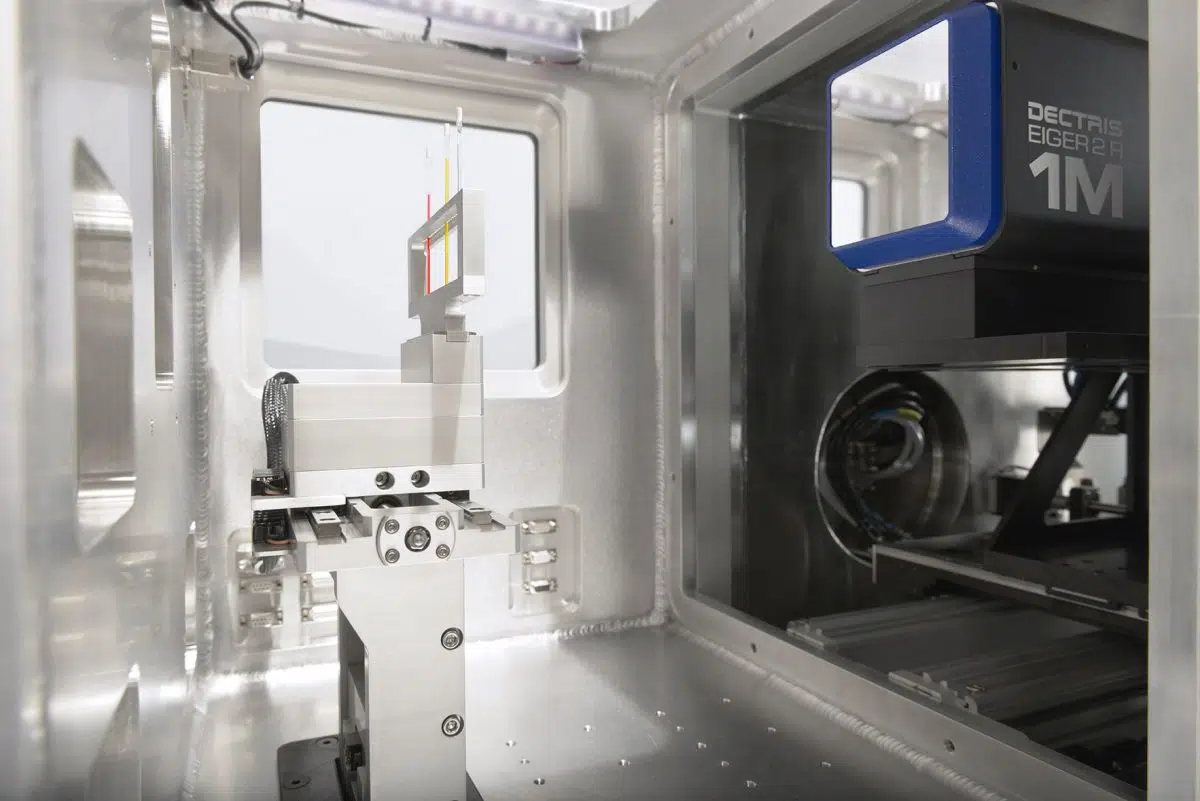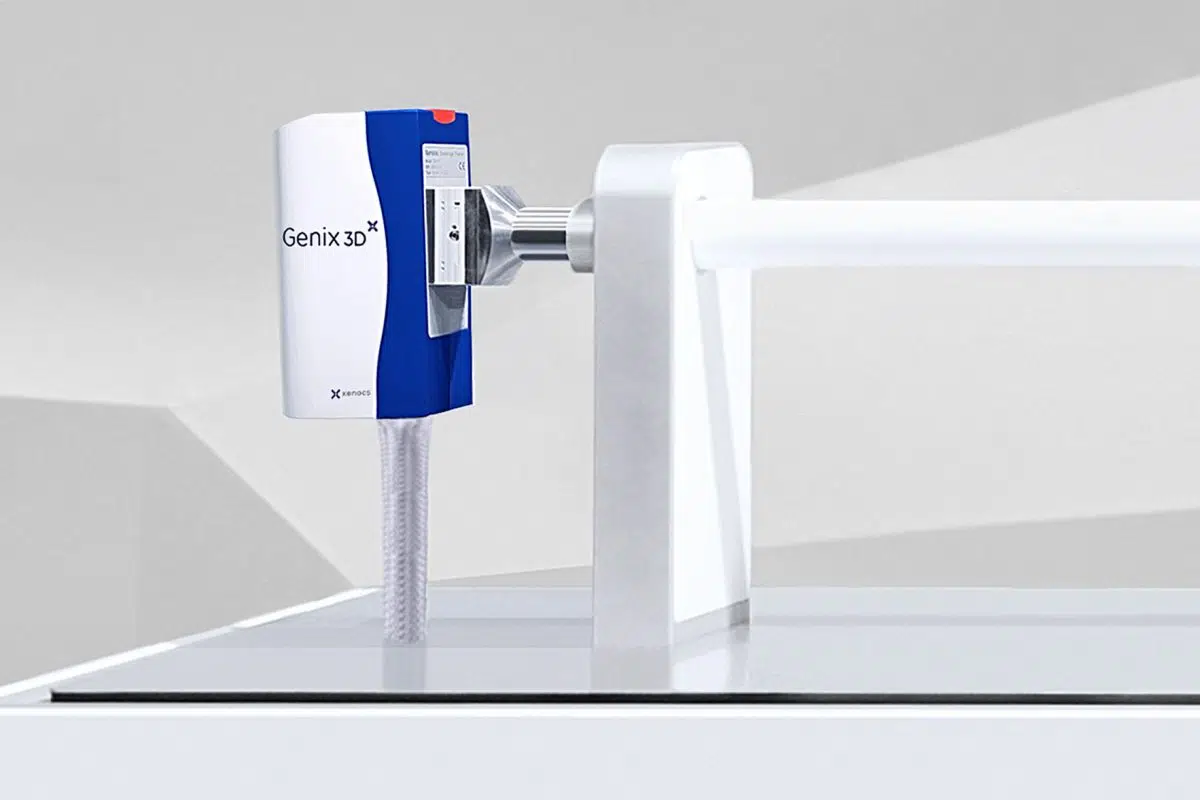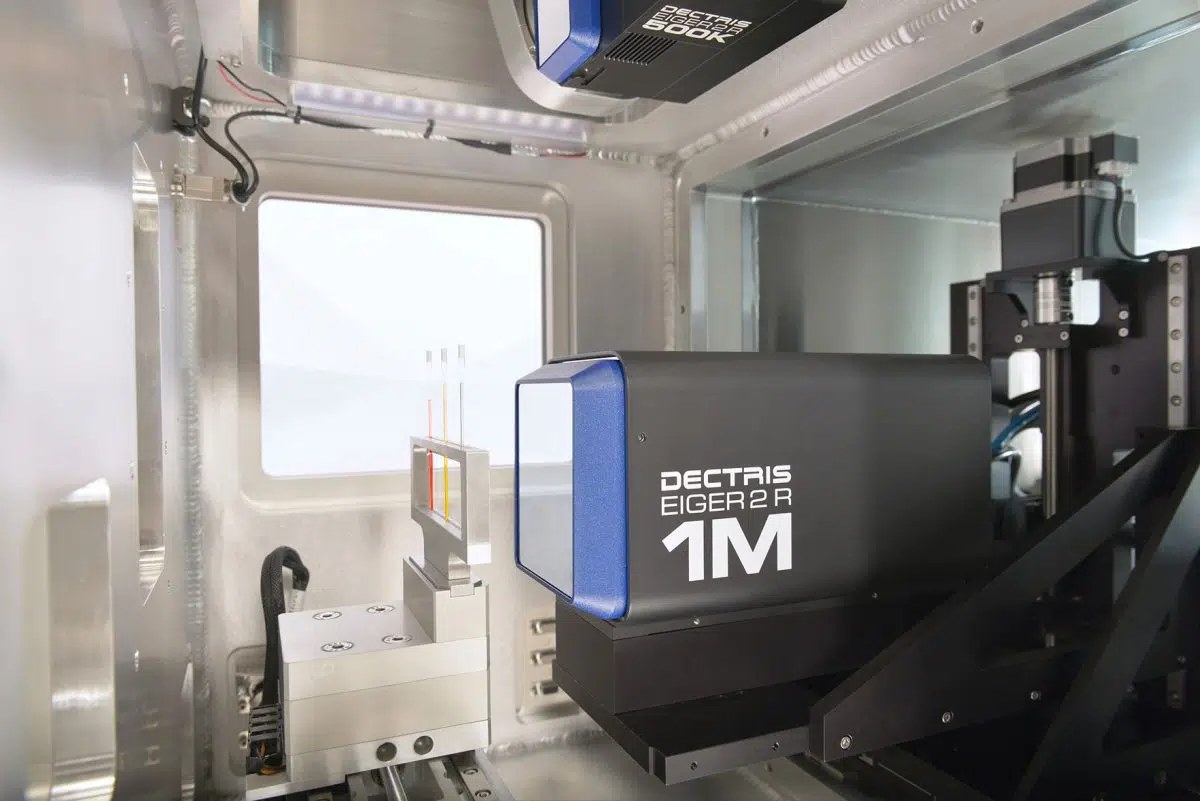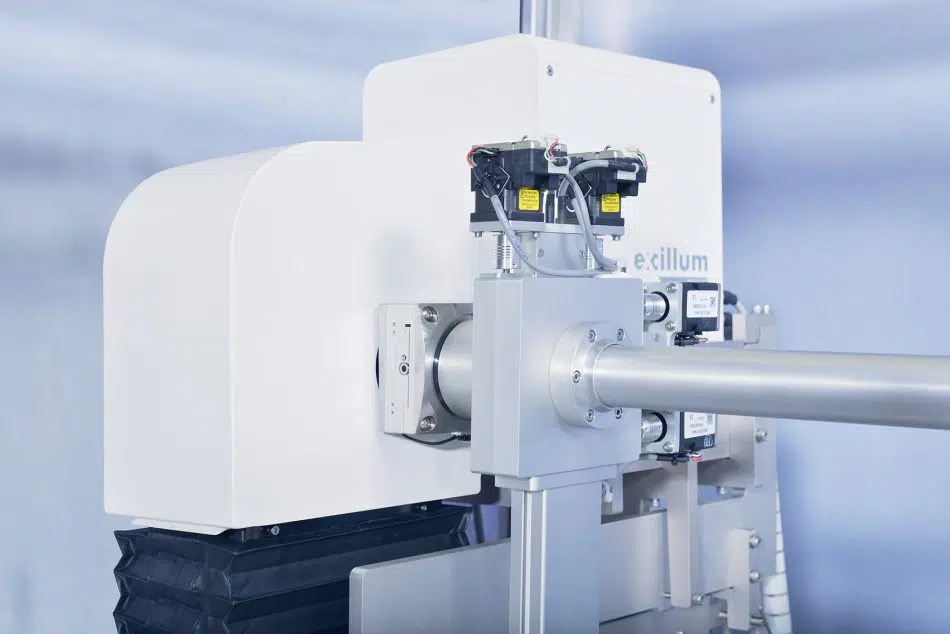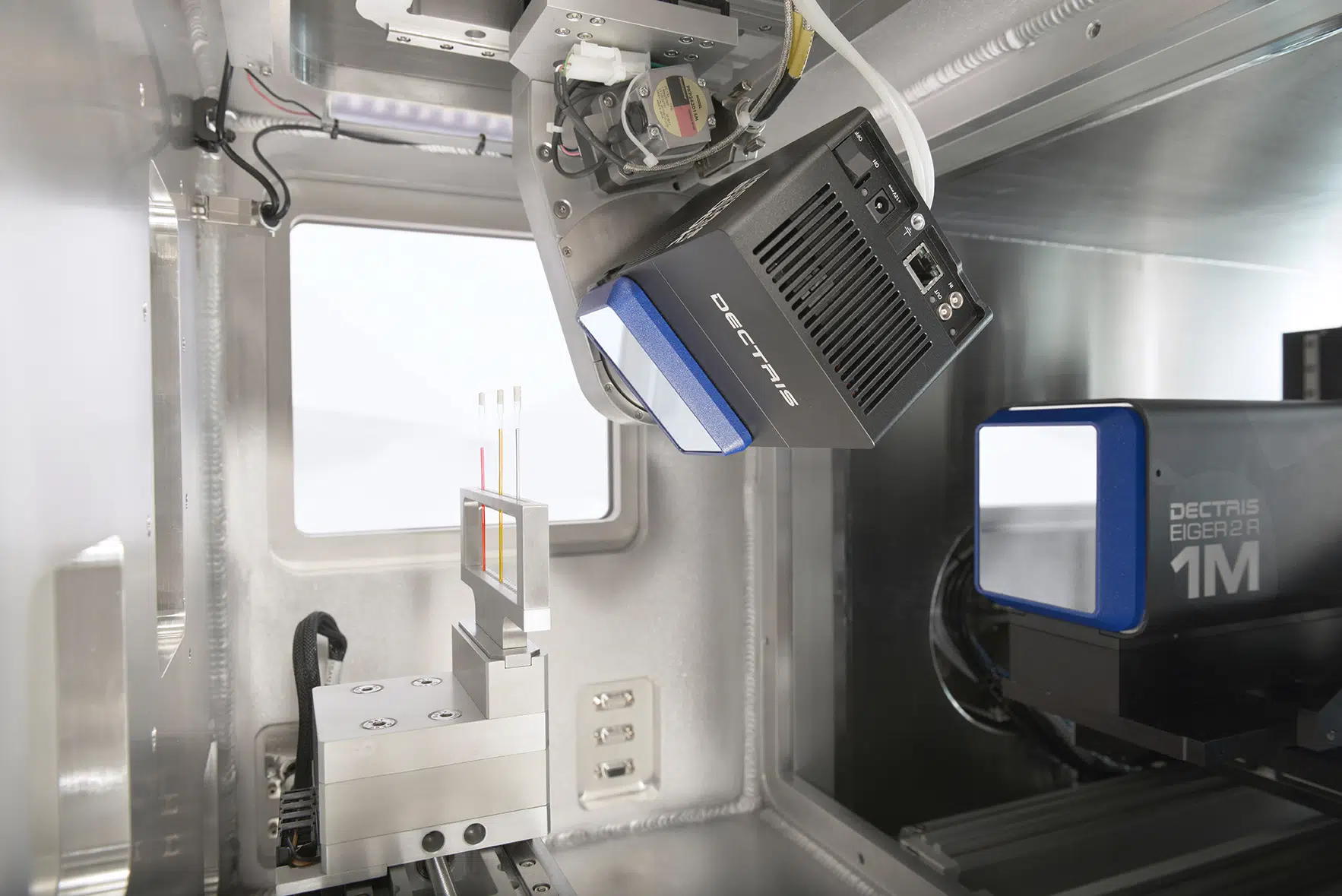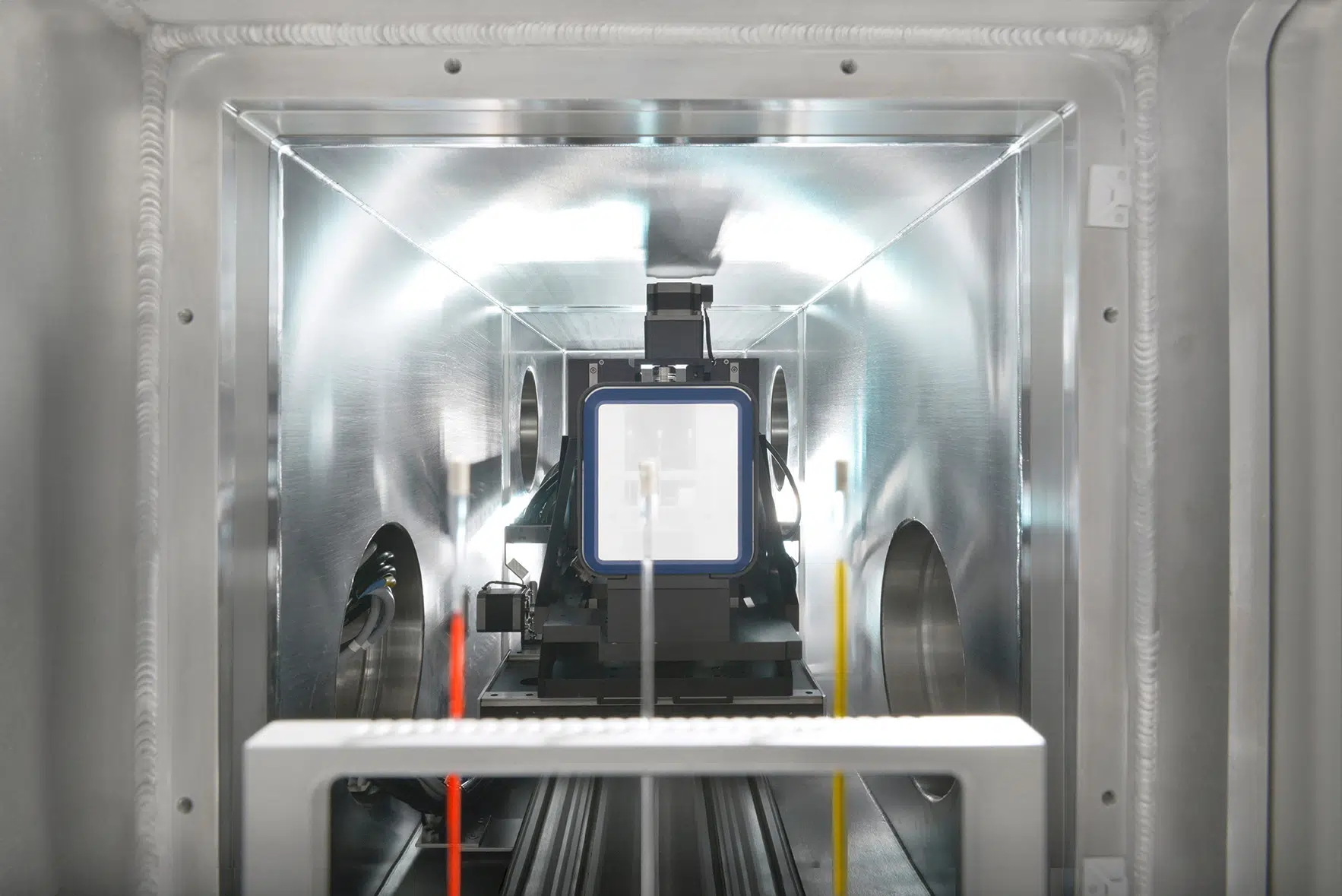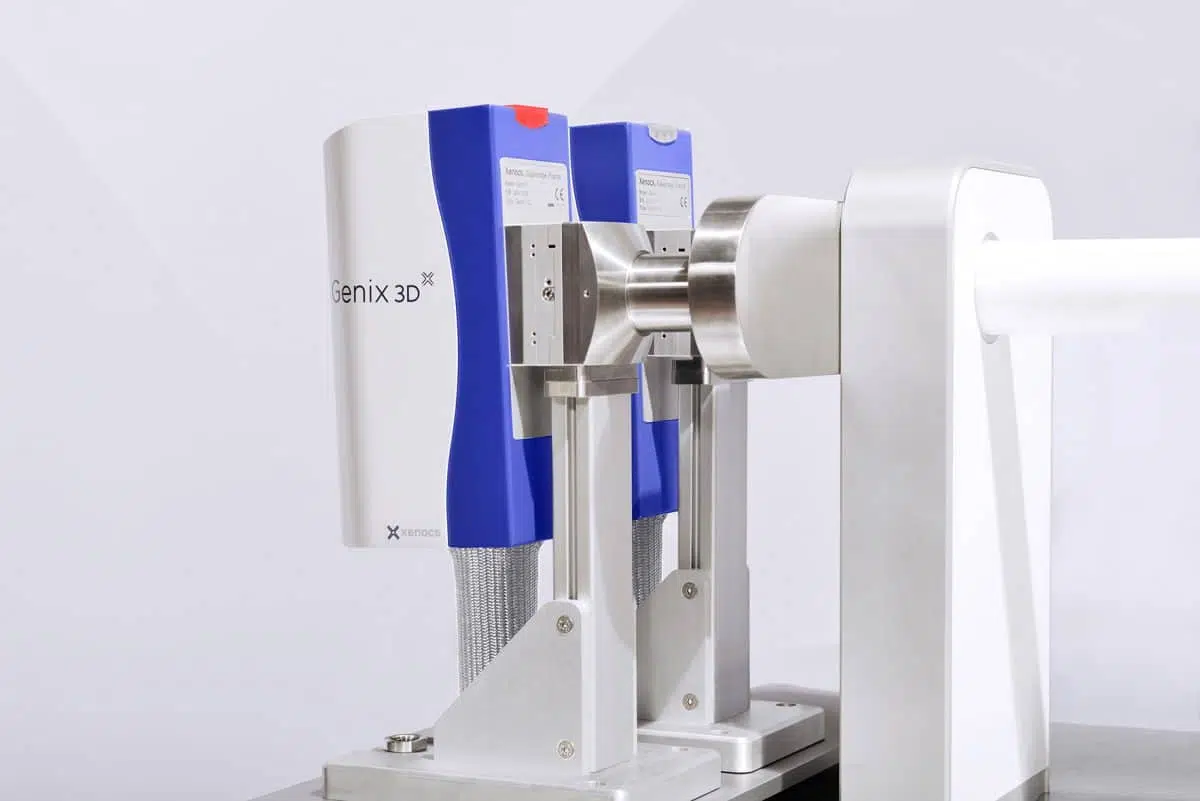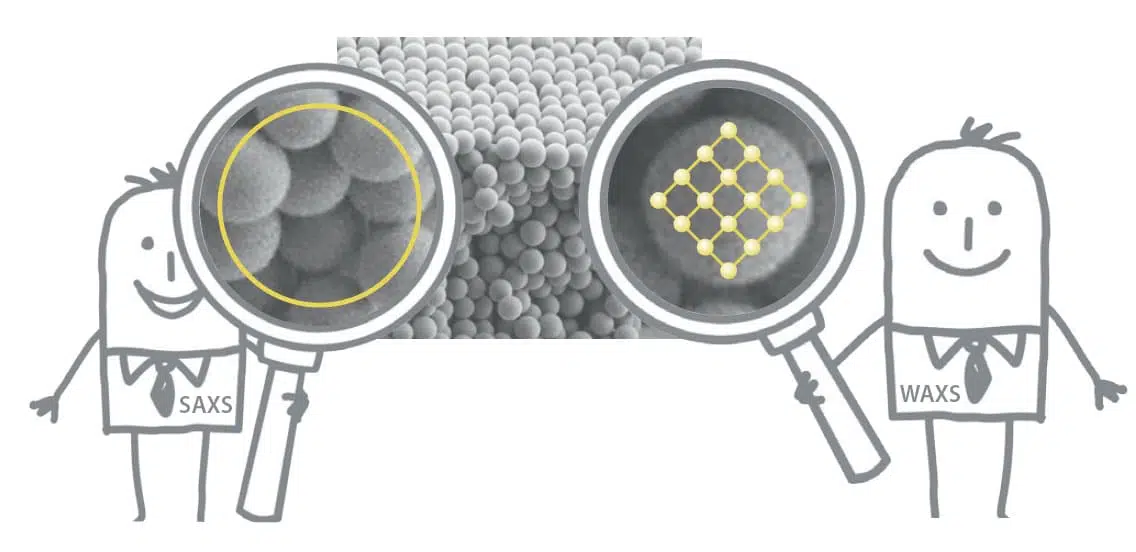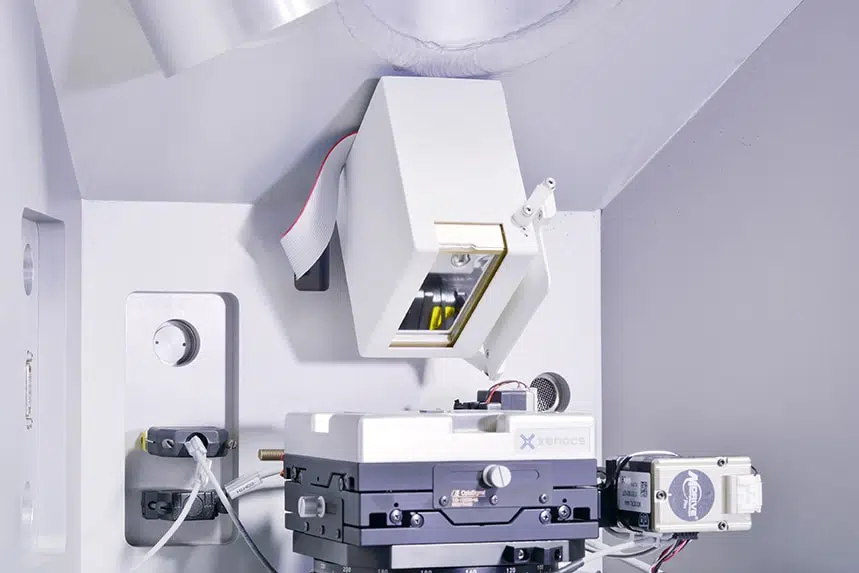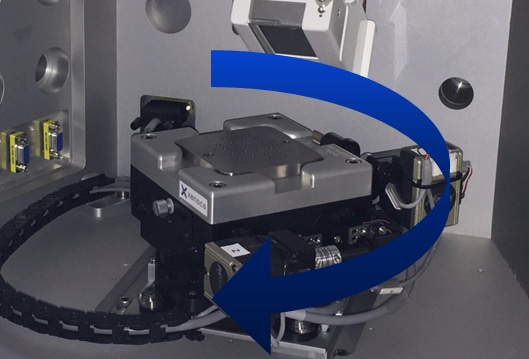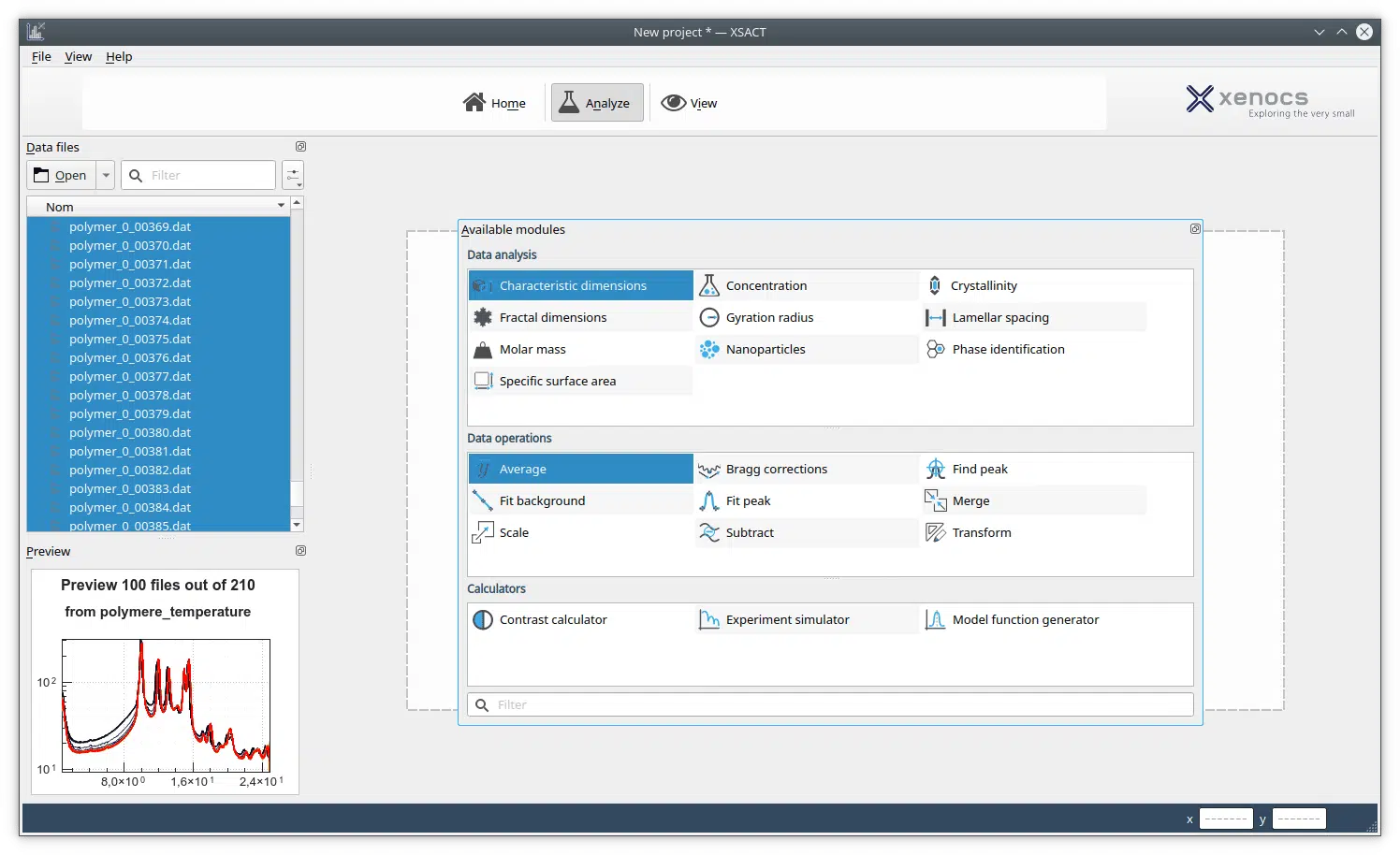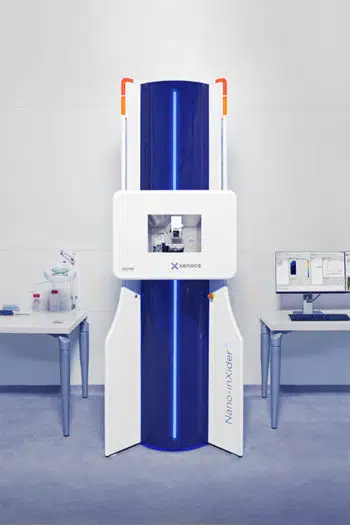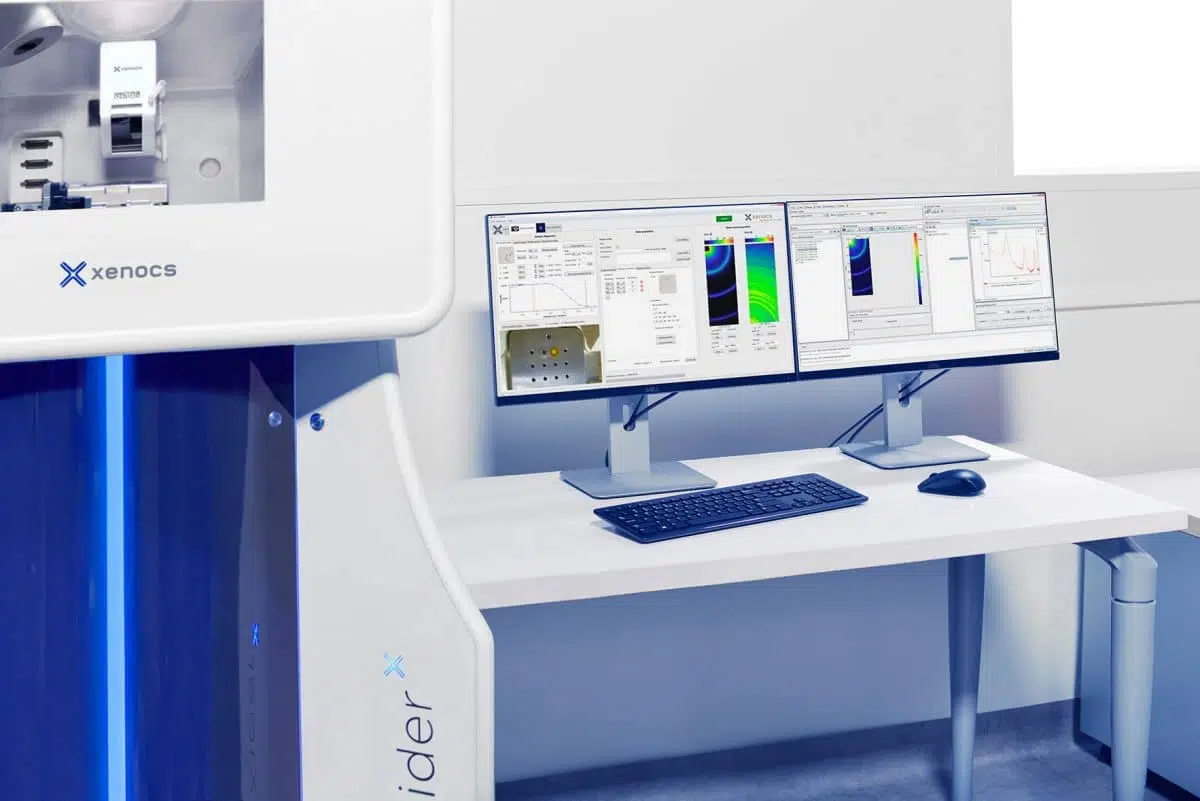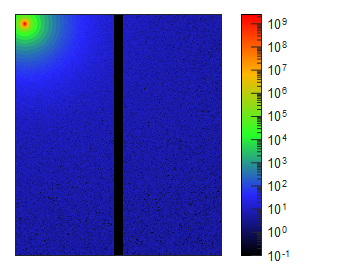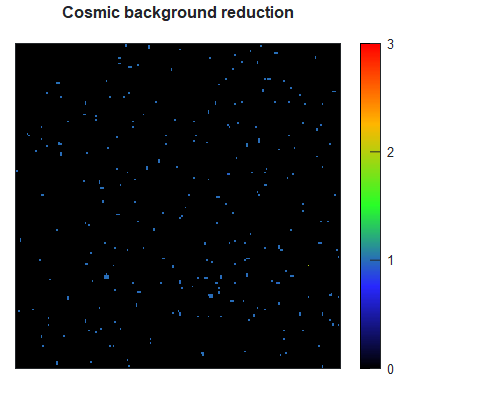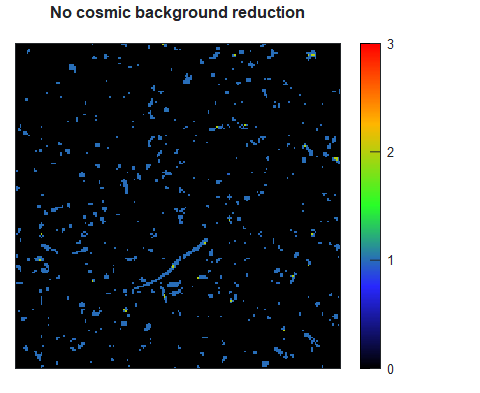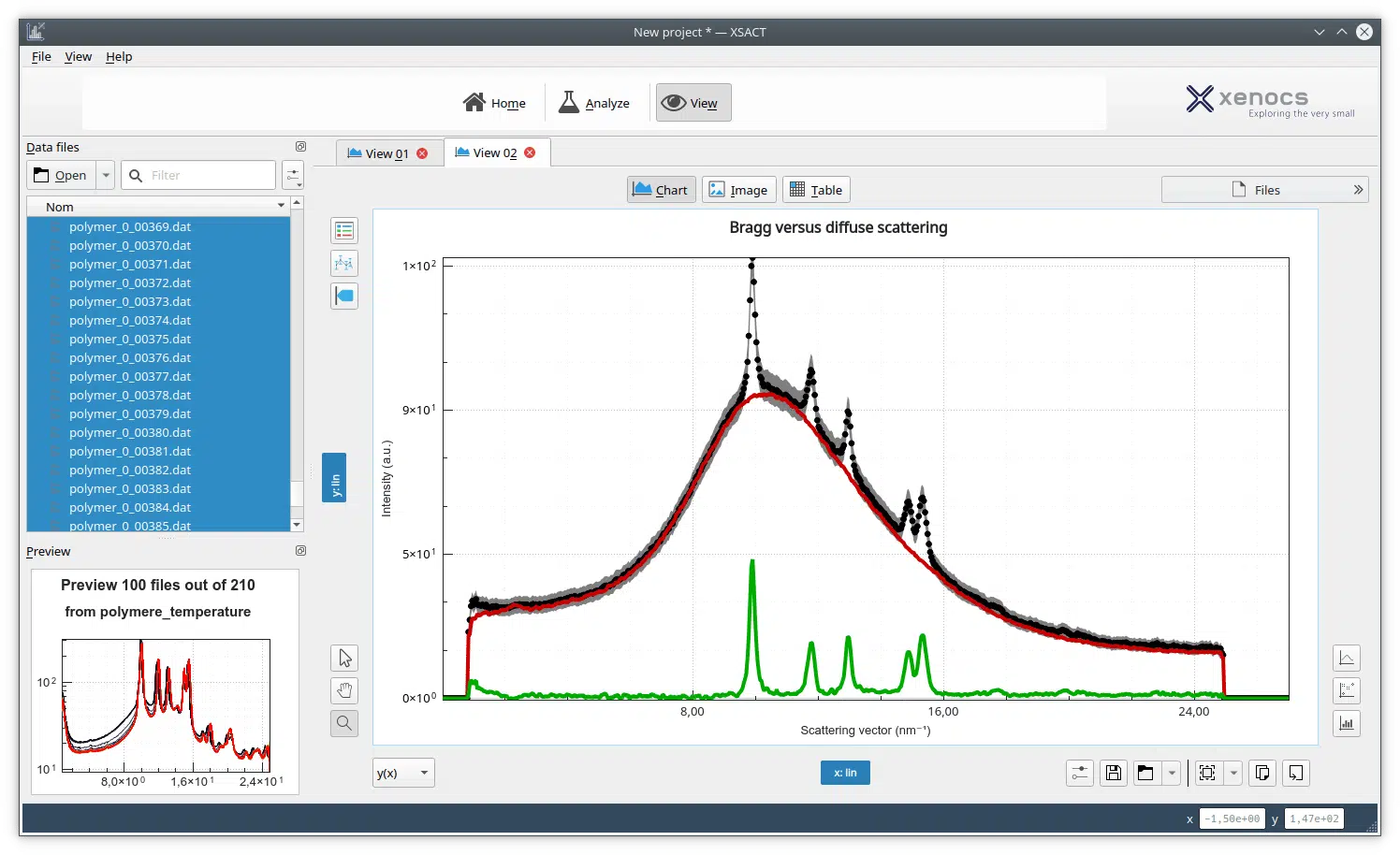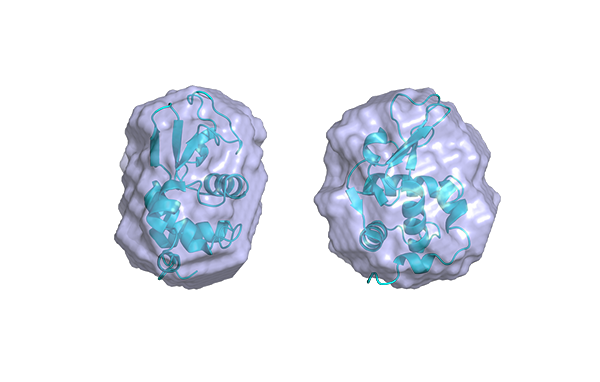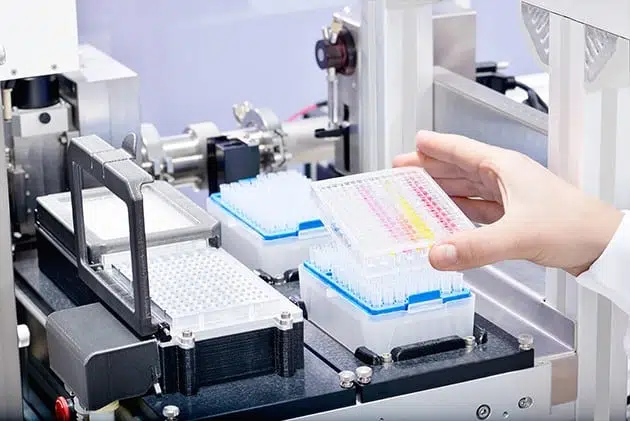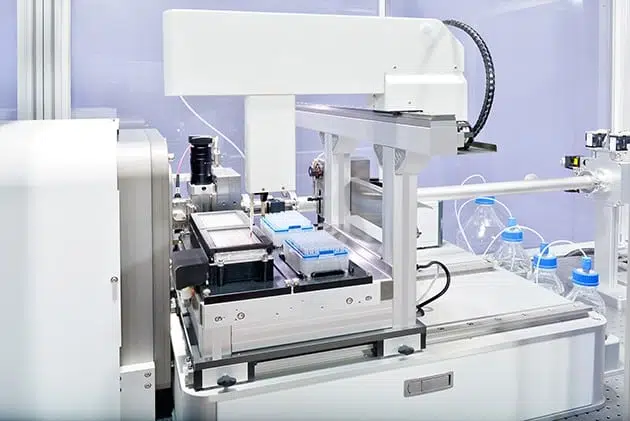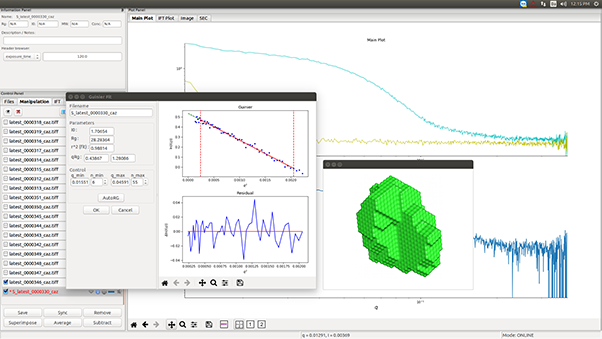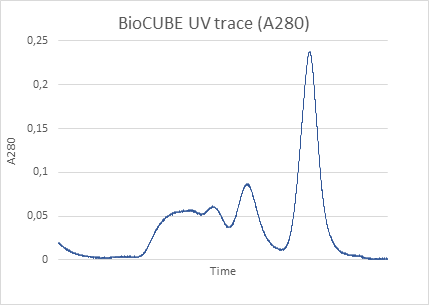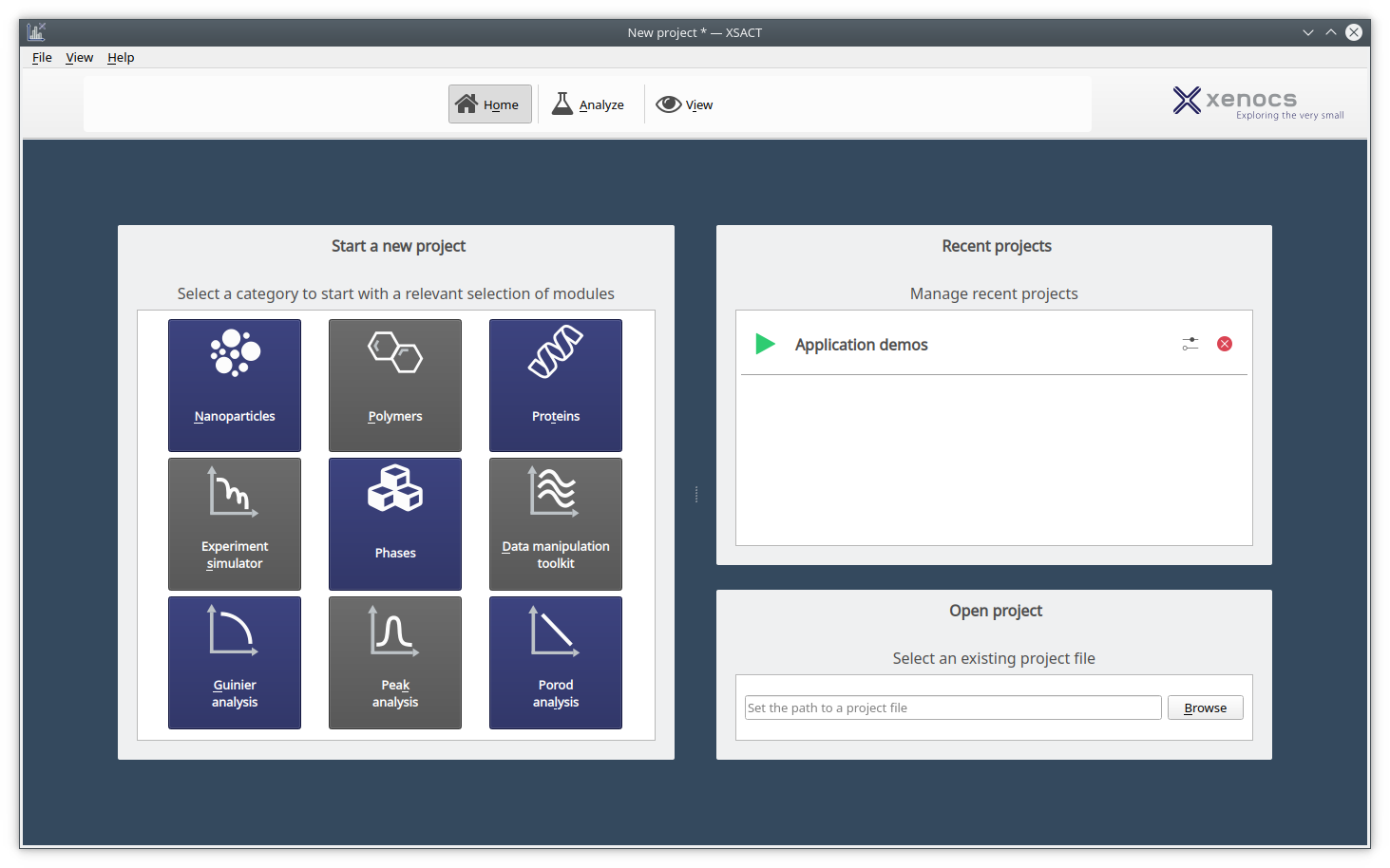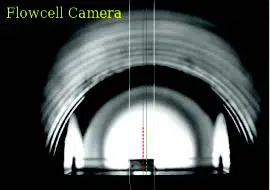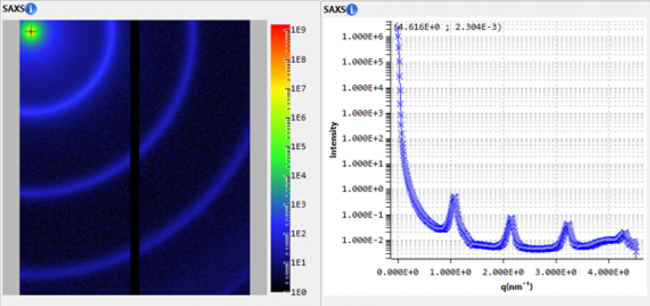Parisi, Daniele; Ruan, Yingbo; Ochbaum, Guy; Silmore, Kevin S.; Cullari, Lucas L.; Liu, Chen-Yang; Bitton, Ronit; Regev, Oren; Swan, James W.; Loppinet, Benoit; Vlassopoulos, Dimitris
Short and Soft: Multidomain Organization, Tunable Dynamics, and Jamming in Suspensions of Grafted Colloidal Cylinders with a Small Aspect Ratio
The yet virtually unexplored class of soft colloidal rods with a small aspect ratio is investigated and shown to exhibit a very rich phase and dynamic behavior, spanning from liquid to nearly melt state. Instead of the nematic order, these short and soft nanocylinders alter their organization with increasing concentration…
Tough Ordered Mesoporous Elastomeric Biomaterials Formed at Ambient Conditions
Rajasekharan, Anand K.; Gyllensten, Christoffer; Blomstrand, Edvin; Liebi, Marianne; Andersson, Martin
Synthetic dry elastomers are randomly cross-linked polymeric networks with isotropic and unordered higher-level structural features. However, their growing use as soft-tissue biomaterials has demanded the need for an ordered and anisotropic nano-micro (or) mesoarchitecture, which is crucial for imparting specific properties such as hierarchical toughening, anisotropic mechanics, sustained drug
Influence of Iron Salt Anions on Formation and Oxygen Reduction Activity of Fe/N-Doped Mesoporous Carbon Fuel Cell Catalysts
Fretz, Samuel J.; Janson, Caroline; Rosas-Arbelaez, Walter; Palmqvist, Anders E. C.
Doping carbon materials with transition metal ions can greatly expand their utility, given these metal ions unique catalytic activity, for example, in oxygen reduction in proton exchange membrane fuel cells. Unlike main group dopants, a counter anion to the metal cation must be selected and this choice has hitherto received…
Novel S-doped ordered mesoporous carbon nanospheres toward advanced lithium metal anodes
Zhang, Fei; Liu, Xiaoyan; Yang, Menghua; Cao, Xiaoqing; Huang, Xingyu; Tian, Yue; Zhang, Fang; Li, Hexing
Lithium metal anode has been considered as an ideal anode for the next generation lithium batteries owing to its high energy density. However, its practical application is still limited by the low Coulombic efficiency and poor safety performance due to the lithium dendrites caused by uncontrollable lithium deposition and unstable…
Facile treatment to fine-tune cellulose crystals in cellulose-silk biocomposites through hydrogen peroxide
Love, Stacy A.; Popov, Elizabeth; Rybacki, Karleena; Hu, Xiao; Salas-de la Cruz, David
The modulation of structural fibrous protein and polysaccharide biopolymers for the design of biomaterials is still relatively challenging due to the non-trivial nature of the transformation from a biopolymer's native state to a more usable form. To gain insight into the nature of the molecular interaction between silk and cellulose…
Unraveling the Role of Alkali Cations in the Growth Mechanism of Gd2O2S Nanoparticles
Larquet, Clément; Carriere, David; Nguyen, Anh-Minh; Le, Thi Kim-Chi; Frogneux-Plé, Xavier; Génois, Isabelle; Le Griel, Patrick; Gauzzi, Andrea; Sanchez, Clément; Carenco, Sophie
Alkali cations are required for the colloidal synthesis of Ln2O2S nanoplates in organic solvent. Based on a thorough experimental analysis using various lanthanides and three alkali ions, we challenge the commonly accepted scenario of partial lanthanide substitution by the alkali, which is supposed to favor the sulfide insertion over the…
Synthesis and characterization of thermoresponsive ZIF-8@PNIPAm-co-MAA microgel composites with enhanced performance as an adsorption/release platform
Allegretto, Juan A.; Giussi, Juan M.; Moya, Sergio E.; Azzaroni, Omar; Rafti, Matias
Composite materials featuring a synergic combination of interesting properties such as stimuli responsiveness and tailored porosity are highly appealing due to their multiple possible applications. We hereby present an example which brings together such features by using poly(N-isopropyl-acrylamide)-derived thermo-responsive microgels and Zn-based Metal Organic Framework (MOF) ZIF-8, capable of
OrderOrder Phase Transitions Induced by Supercritical Carbon Dioxide in Triblock Copolymer Thin Films
Abate, Anabella A.; Vu, Giang Thi; Piqueras, Cristian M.; del Barrio, María Cecilia; Gómez, Leopoldo R.; Catalini, Gabriel; Schmid, Friederike; Vega, Daniel A.
We study the influence of supercritical carbon dioxide (scCO2) on the phase behavior of a cylinder-forming polystyrene-block-polybutadiene-b-polystyrene triblock copolymer thin film. Solvent annealing with scCO2 can produce patterns with long-range order but these structures become unstable for thin films with small thicknesses. These results are in good agreement with self-consistent…
Grafting and stabilization of ordered mesoporous silica COK-12 with graphene oxide for enhanced removal of methylene blue
M. Henning, Laura; Simon, Ulla; Gurlo, Aleksander; J. Smales, Glen; F. Bekheet, Maged
Large-pore ordered mesoporous silica (OMS) COK-12, analogous to the well-known SBA-15, but synthesized in a more environmentally friendly way and exhibiting a shorter plate-like structure, was grafted with different amounts of graphene oxide (GO) for the first time in an inexpensive and rapid process, that was successfully upscaled. Samples were…
Tunable circularly polarized luminescence from molecular assemblies of chiral AIEgens
Song, Fengyan; Cheng, Yanhua; Liu, Qiuming; Qiu, Zijie; Lam, Jacky W. Y.; Lin, Liangbin; Yang, Fafu; Tang, Ben Zhong
Circularly polarized luminescence (CPL) is important to chiral photonic technologies. In molecular systems, besides their intrinsic chemical structures, architectures of molecular assemblies at the mesoscopic scale also account for the final macroscopic CPL properties. Herein, tunable CPL responses can be induced through architectural regulation of these molecular assemblies in suspension…






